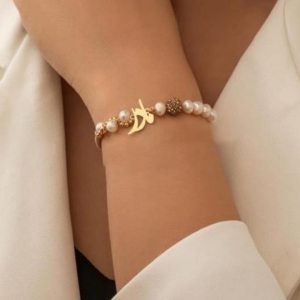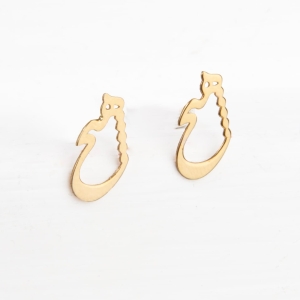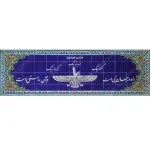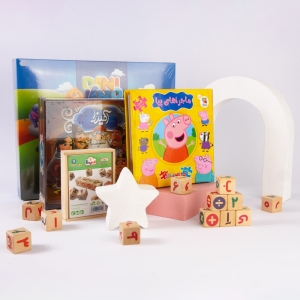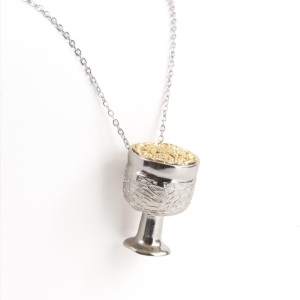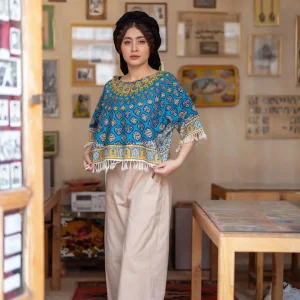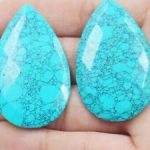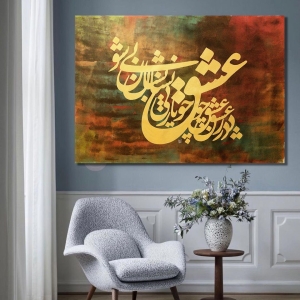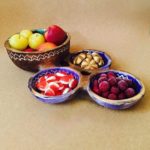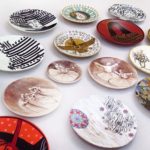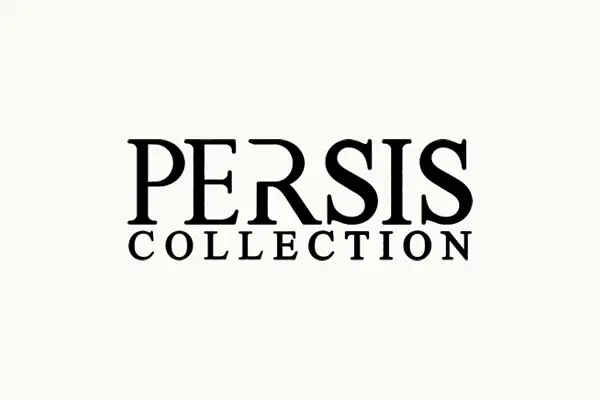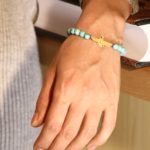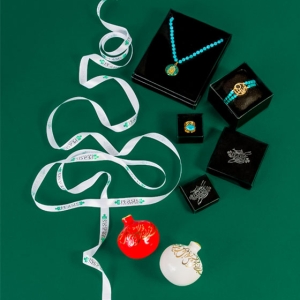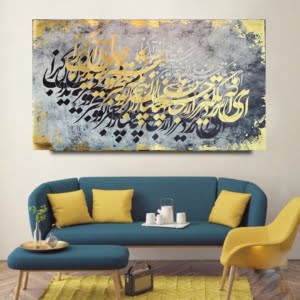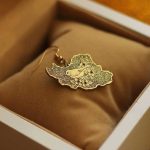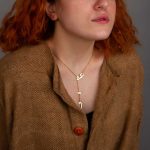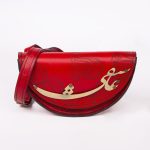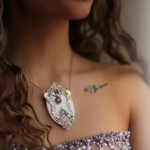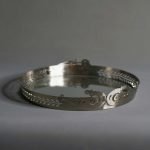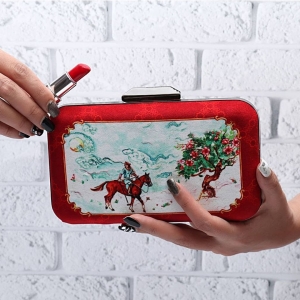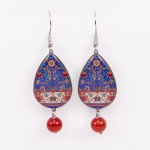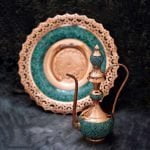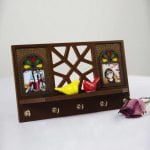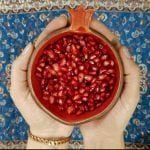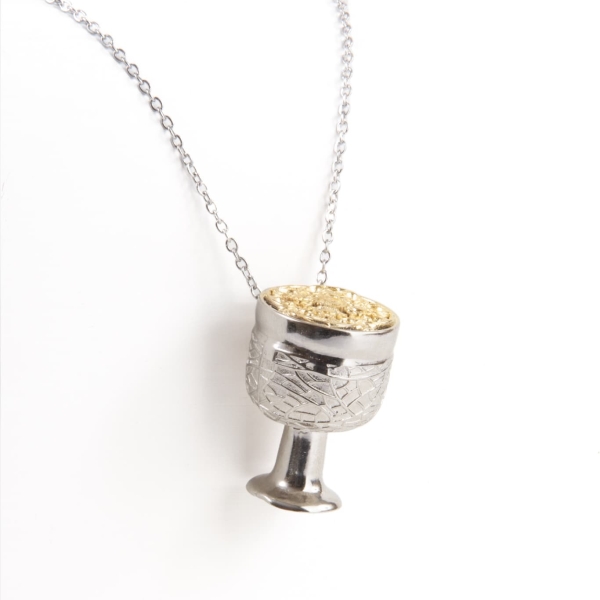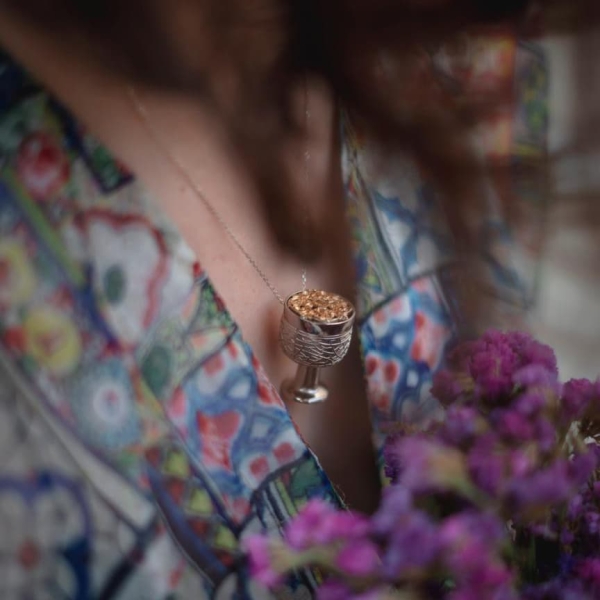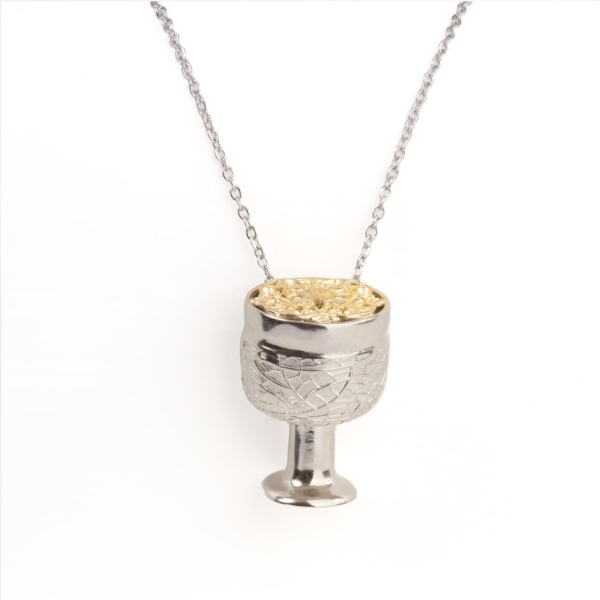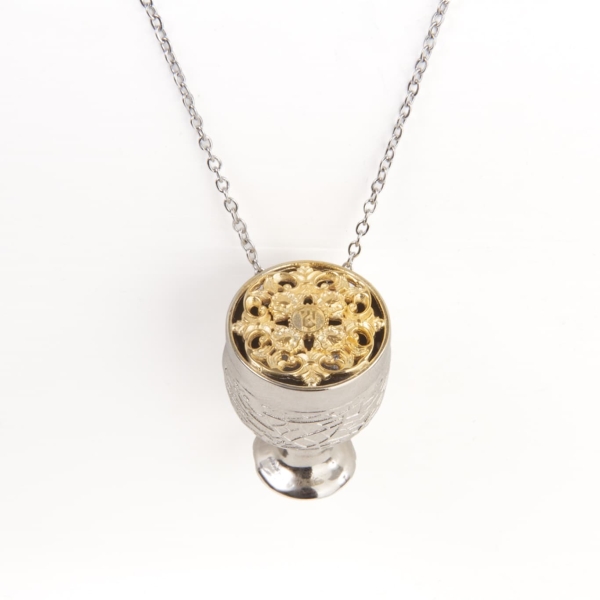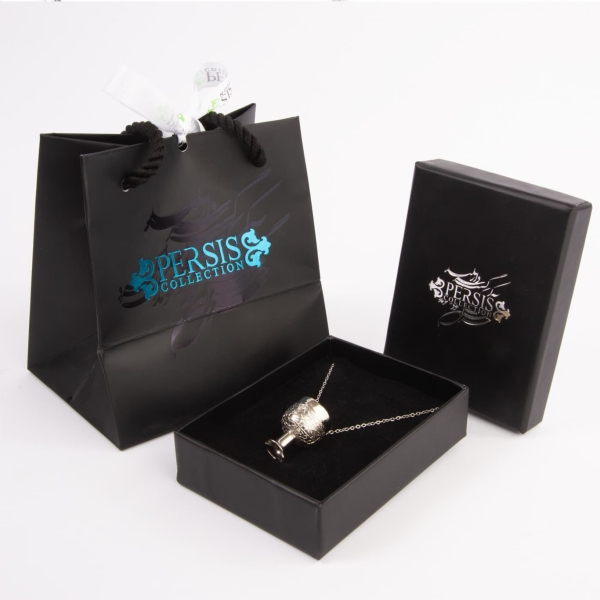Persian Instruments

Welcome to Persis Collection, your premier destination for authentic Persian Instruments. We proudly offer a comprehensive selection of traditional Iranian musical instruments, each crafted to preserve the rich cultural heritage of the Persian Empire.
The World of Persian Instruments: A Journey Through Iranian Music
The history of Persian instruments spans thousands of years, tracing back to the roots of ancient Persian civilization. These instruments have been central to the musical traditions of Iran, playing key roles in both classical compositions and everyday folk music. From royal courts to rural villages, the sound of Persian Saz has left an indelible mark on the cultural landscape of Iran. Each instrument reflects the diverse regions, histories, emotions, and art of the Persian people. Whether you are looking to buy Iranian instruments for professional use or to explore your passion for Persian music, the options are vast and deeply meaningful.
The Importance of Persian Instruments in Persian Culture
For centuries, Persian instruments have been essential not only in creating music but also in spiritual, ceremonial, and social contexts. These instruments have contributed to preserving Persian identity, providing a sonic link to the traditions of the Persian Empire. Whether performed in Sufi ceremonies or at celebratory gatherings, these instruments convey a wide range of emotional and cultural expressions. Instruments like the Persian tambourine and Iranian tombak are still used today in traditional music ensembles, preserving their vital role in maintaining the rhythmic foundation of Persian music. Each instrument tells a story of its own, from the rural roots of the sorna to the spiritual connection evoked by the ney. Explore our extensive catalog of Iranian instruments for sale to find the one that resonates with your connection to Persian heritage.
Types of Persian Instruments
Understanding the various types of Persian instruments is key to appreciating the full breadth of Persian music. These instruments fall into three primary categories: string instruments, wind instruments, and percussion instruments. Each offers its unique sound, contributing to the vibrant diversity of Persian musical traditions.
Persian String Instruments
Persian string instruments are the core of Iranian classical and folk music, known for their ability to evoke deep emotions through their rich, melodic sounds. Played for centuries, they are often the lead instruments in traditional performances.
Tar: The Iconic Iranian Instrument
The tar is one of the most important instruments in Persian classical music. With its six strings, the tar is known for its deep, resonant tone, capable of expressing both joy and sorrow. Played with a plectrum, it is the centerpiece of many Persian compositions, especially in the Radif tradition.
Setar: A Symbol of Mysticism
The Persian setar instrument, with its delicate and spiritual sound, is often associated with Sufi music. This four-stringed instrument is played with the fingertips, offering a softer and more intimate sound compared to the tar. It’s ideal for solo performances and meditative compositions.
Santur: The Persian Hammered Dulcimer
The Santur Persian instrument is a unique hammered dulcimer, played with small mallets called mezrabs. Its bright, shimmering sound is a staple of Persian classical music, adding a distinctive layer of melody to traditional compositions. The santur is an ancient instrument, that has been used in Persian music for thousands of years.
Persian Wind Instruments
Wind instruments in Persian music offer some of the most evocative and soul-stirring sounds, often used in both celebratory and spiritual contexts. These Persian woodwind instruments are designed to produce long, flowing melodies that stir the emotions of listeners.
Ney: The Ancient Persian Flute
The ney, an ancient end-blown flute made of reed, is one of the oldest wind instruments in the world and holds a special place in Persian music. It is highly regarded in both classical and Sufi music for its haunting, spiritual sound. Playing the ney requires intricate control of breath, allowing skilled musicians to create a wide range of tones and emotions.
Sorna: The Sound of Celebration
The sorna is a loud, celebratory wind instrument used in traditional Persian festivals, often accompanied by the Dohol, a double-headed drum. It’s a key element of rural and folk music, particularly in nomadic and tribal communities. The sorna’s powerful, joyful sound brings energy to public celebrations and social gatherings.
Persian Percussion Instruments
The rhythmic drive of Persian music comes from its rich variety of Persian percussion instruments. These instruments maintain the pulse of both classical and folk compositions, supporting the melody with complex rhythms.
Daf: A Frame Drum of Spiritual Importance
The daf Persian instrument is a large frame drum with metal rings attached inside. It’s commonly used in Sufi spiritual ceremonies, where its rhythmic vibrations help create a deep, meditative atmosphere. The daf’s versatile sound makes it suitable for both traditional and modern Persian music.
Tonbak: The Foundation of Persian Rhythm
Also known as the zarb, the Iranian tombak is a goblet-shaped drum played by hand. Its hollow body allows for a wide variety of tones, making it a versatile and foundational instrument in Persian classical music. The tonbak is celebrated for its ability to produce both sharp beats and soft, rolling rhythms.
Persian Tambourine: Adding a Rhythmic Accent
The Persian tambourine, often used in folk music, is a smaller percussion instrument that adds lively, bright accents to traditional melodies. It’s popular in celebratory performances, where its quick, rhythmic sound enhances the festive atmosphere.
Old Persian Instruments and Their Influence
The legacy of old Persian instruments continues to influence musicians both in Iran and globally. Instruments such as the Iranian harp played a central role in ancient Persian courts, and while they are less common today, their influence can still be seen in the structure and sound of modern Persian instruments. These ancient sounds helped shape the musical identity of the Persian Empire, which, in turn, influenced neighboring regions, from Central Asia to Europe.
Buy Persian Instruments: What to Consider
When you decide to buy Iranian instruments, consider the specific type of music you want to create. Whether you are drawn to the melodic intricacies of the tar or the rhythmic complexities of the tonbak, each instrument offers a unique experience. At Persis Collection, we ensure the highest quality craftsmanship, so that every instrument in our store reflects the authenticity and tradition of Persian folk instruments.
Persian Instruments for Sale: Discover Authentic Sounds of Iran
At Persis Collection, we take pride in offering a curated selection of Persian instruments for sale, ensuring that each piece is a true representation of Iran’s rich musical heritage. Whether you’re a professional musician, a student, or a passionate enthusiast, our collection caters to all skill levels. From intricately crafted tar and setar instruments to the rhythmic tones of the daf and tombak, we provide instruments that capture the authentic sounds of Persian music. Our instruments are sourced from expert artisans who meticulously handcraft each piece to preserve the traditional methods passed down through generations.
Persian Instruments FAQ:
- What are the most common Iranian instruments?
Common Persian instruments include the tar, setar, daf, tonbak, and ney. These instruments form the core of both Persian classical and folk music. - Where can I buy authentic Iranian instruments?
You can buy Iranian instruments directly from the Persis Collection. We offer a wide selection of string, wind, and percussion instruments with guaranteed worldwide delivery. - What are the different types of Persian instruments?
The main types of Persian instruments include string instruments (tar, setar, santur), wind instruments (ney, sorna), and percussion instruments (daf, tonbak, tambourine). - What is the best string instrument for beginners?
The Setar is an excellent choice for beginners due to its manageable size and soft, spiritual sound. It’s ideal for learning Persian classical music. - How do I care for my Persian instrument?
Store your instrument in a cool, dry place and regularly clean its surfaces to preserve its sound quality and craftsmanship. - Can I learn to play Persian instruments online?
Yes, there are many online tutorials available for learning Persian instruments like the tar, setar, and daf. - Are Iranian instruments expensive?
Prices vary, but Persis Collection offers a range of Iranian instruments for sale at competitive prices, ensuring quality for both beginners and professionals. - Do you ship Persian instruments internationally?
Yes, we provide worldwide delivery for all of our products, ensuring that you can enjoy authentic Persian instruments anywhere. - What are the oldest Persian instruments?
The ney and the Iranian harp are among the oldest Persian instruments, dating back thousands of years. - What is the most famous Iranian percussion instrument?
The daf and tonbak are two of the most well-known Persian percussion instruments used in traditional Iranian music.






